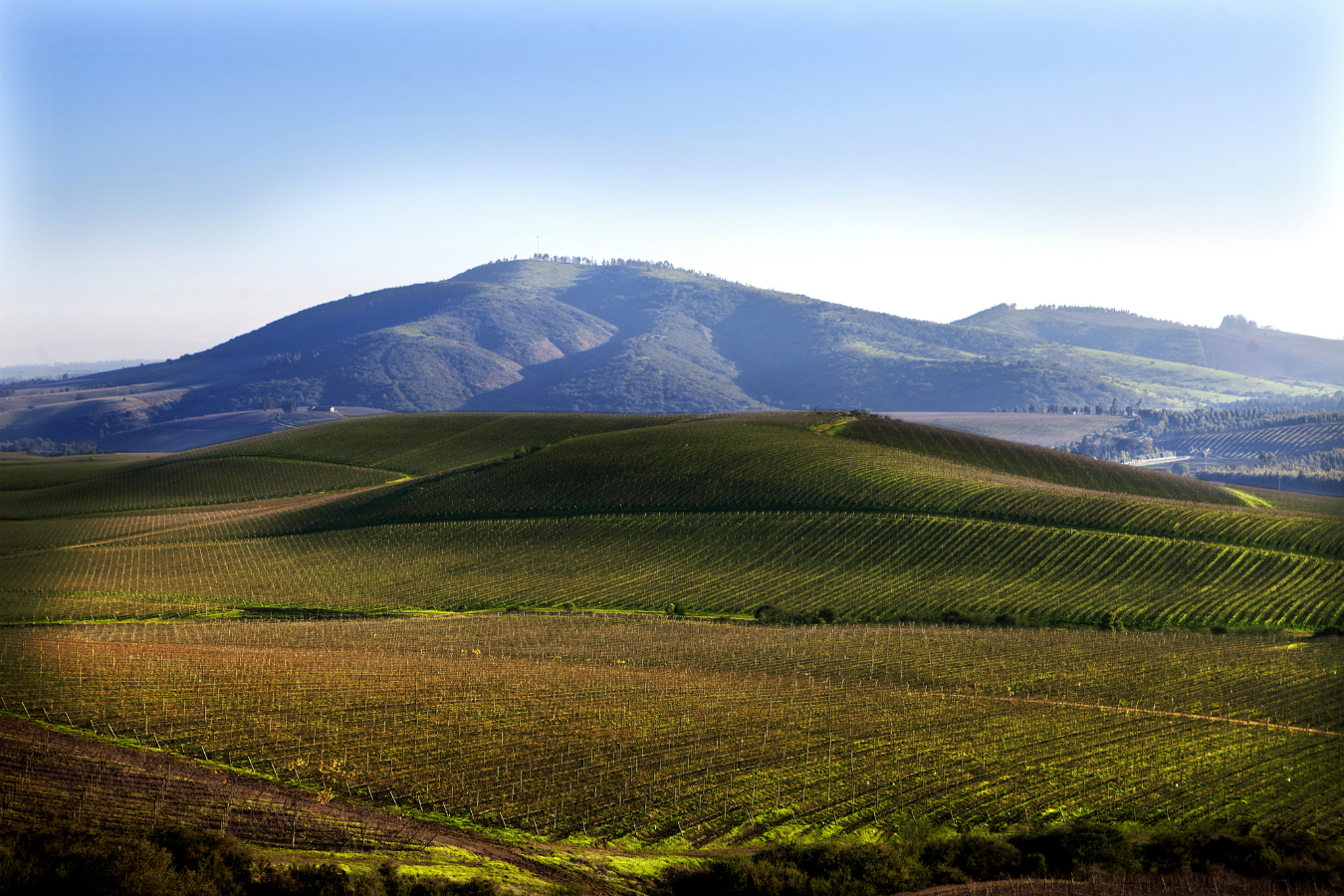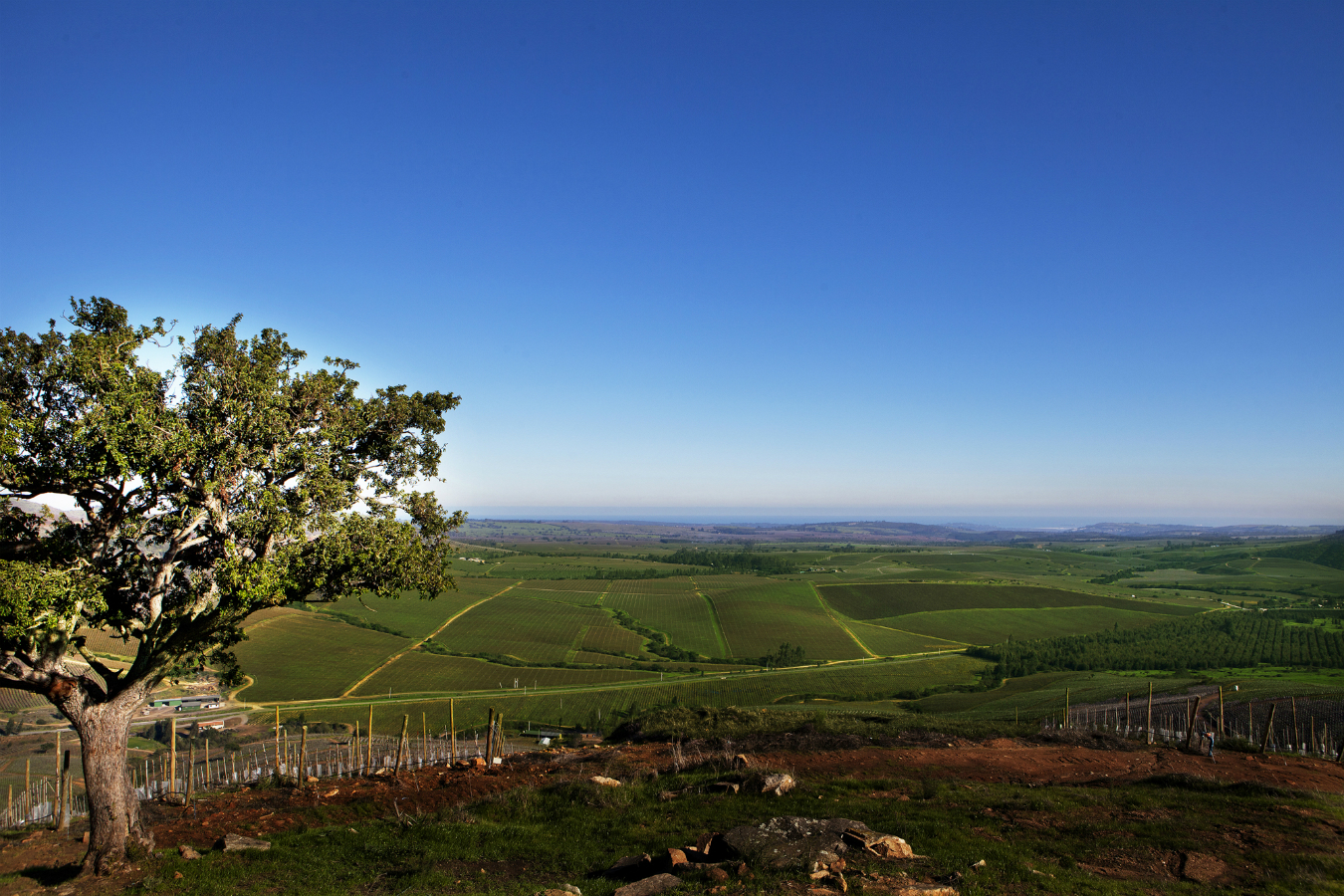Following a busy lunch and wine tasting seminar, Marcelo Papa is not slowing down at all. He sits with several of the wines he has recently made, all opened, some decanted, and says, “A lot has changed since we last met.” Papa is the winemaker at Chile’s Concha y Toro, where he began with the Casillero del Diablo line in 1998, then adding the somewhat more upscale, internationally best-selling Marques de Casa Concha line only one year later.
Papa is unremittingly positive, and never afraid to make changes he thinks will make his wines even better than the previous year. “In the mid-nineties, we were making rich, big wines, high Brix—something that was appealing to our international customers at that time,” he says. “But over the years, when I would go home for dinner and have a glass of wine, I started thinking, ‘Is this the kind of wine I want to drink every day?’ and the answer was, ‘Perhaps not.’” This began a lengthy process, in which growing techniques and harvest times have ever so subtly been shifted. Fruit for cabernet sauvignon, chardonnay, and merlot in particular, was picked a little earlier than in past vintages. “I was looking for more balance in the wines,” says Papa. “Less alcohol, more sharply defined flavours. But this could only take place very gradually. You need to be sure you are on the right path.”
The Marques chardonnay is a prime example of what he means. It did receive some oak aging, but less than the historical norm. Picked three weeks earlier than was usual a decade ago—and 25 per cent of it aged in large, 600-litre barrels—the wine is elegant and generous, but exhibits clean, pure, ripe pineapple and light spice notes along with a vibrant, well-balanced acidity leading to a long finish. “The clay and limestone soil gives us balanced and juicy fruit,” says Papa. “So I think the wine shows its terroir really well.”
He pours the Marques Carmenere and says, “for carmenere, we still do not push the grapes. It needs to be fully ripe, otherwise you have a bit of green in the wine, which is not good. So we still pick it late, though we use less oak, to give us slightly less sweetness on the palate.” The cabernet sauvignon, however, as with the chardonnay, is picked much earlier than ever before. “We have roughly a 25-day window for picking the cabernet,” says Papa. “It is always mature, of course, but in no way over-ripe. Dark plums, some cassis, this is what we want.” All these gradual changes have not meant any loss in customers, but rather ensure that Concha y Toro is a world leader in developing site-specific wines that have varietally-focused flavours and are emphatically food-friendly.
“It’s Chile. We always have the sun,” says Papa. “But it is possible to make wines now that are good expressions of our origins. And consumers still like it, maybe more than ever.” As Papa prepares to leave for a refreshing walk before another tasting, it is abundantly clear Concha y Toro is in good hands, with a winemaker not afraid to adapt, to make wines that have a wide international appeal while always representing Chile.
Read more about wine.










